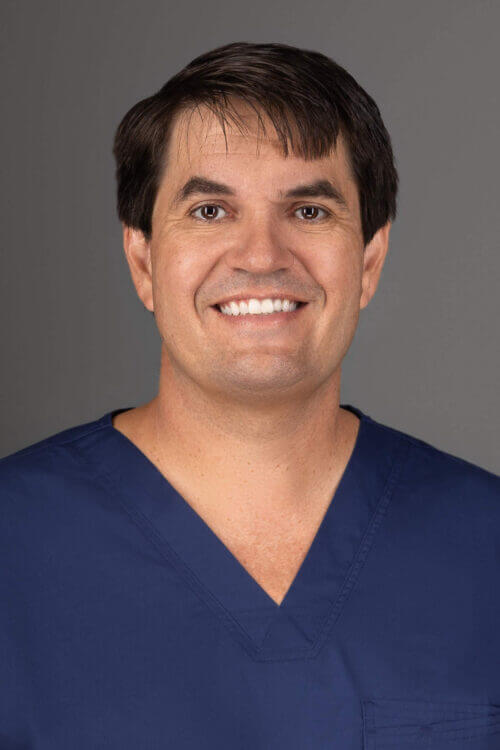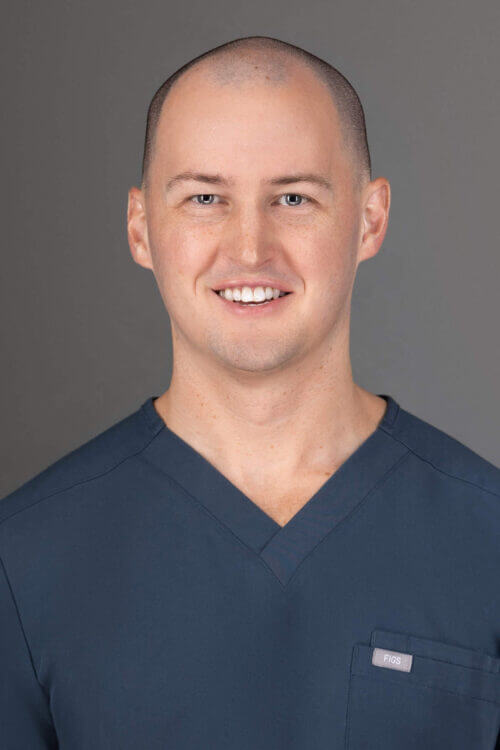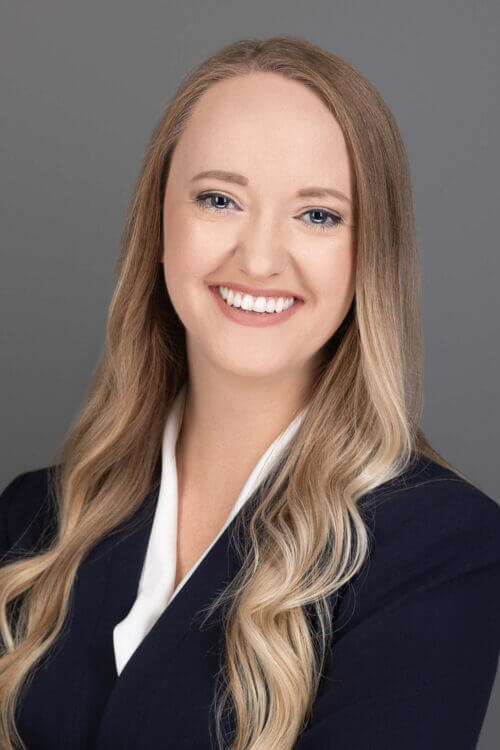Comprehensive Eye Exams
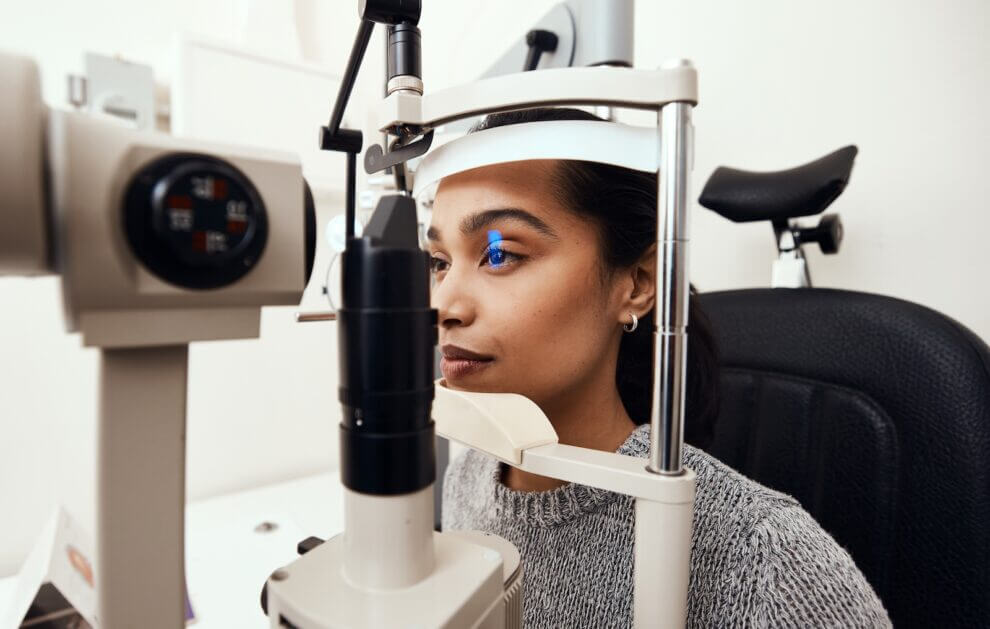
What Happens During a Comprehensive Eye Exam?
Comprehensive eye exams are vital for maintaining optimal vision and eye health. At Gadsden Eye Associates, we offer thorough evaluations and advanced testing to ensure your eyes receive the best care possible. Regular eye exams are essential to make sure you’re seeing your best and that your eyes stay healthy. A comprehensive eye exam at Gadsden Eye Associates is a thorough and essential process to ensure your eyes are in excellent health and have the best possible vision.
What to Expect at Your Eye Exam
The goal of a comprehensive eye exam is to ensure that your eyes are healthy and that your vision is clear, you can expect to undergo a series of tests and evaluations.
First, your eye doctor will test your visual acuity, which tells them the clarity of your vision. They will ask about your vision to determine if you struggle to see objects at different distances. Your eye doctor will check for any refractive errors, like nearsightedness or farsightedness, and prescribe glasses or contact lenses if needed. They’ll also examine your eye muscles to ensure they work well together and coordinate properly.
During routine eye exams, your eye doctor will closely monitor your eyes to detect signs of eye conditions such as cataracts, glaucoma, or macular degeneration. They will inspect the front of your eyes, including the cornea and iris, using a special microscope called a slit lamp. They will also look at the back of your eyes, where the retina is, to look for any abnormalities or signs of diseases. This part of the exam may involve using eye drops to dilate your pupils temporarily, allowing for a better view of the retina.
How Often Do I Need to Have an Eye Exam?
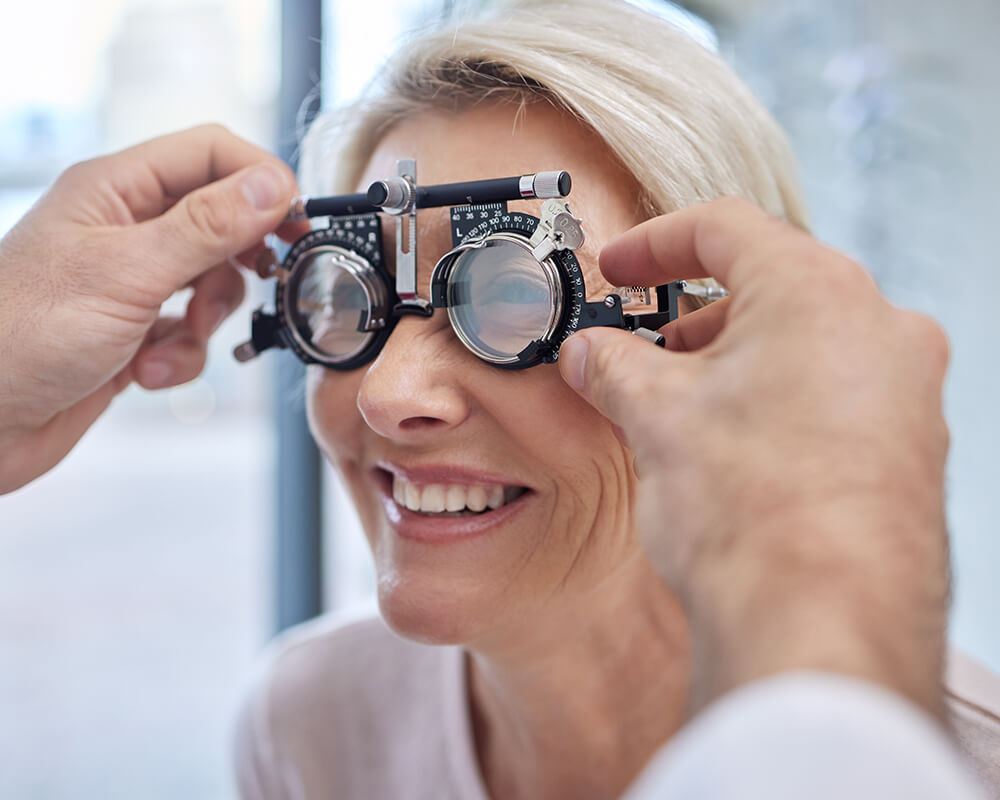
Common Vision Conditions
What is Nearsightedness?
Nearsightedness, also known as myopia, is a type of refractive error that causes blurry vision when looking at objects in the distance. This type of refractive error often occurs due to the shape of the cornea or if the eye is too long. Most people with nearsightedness require glasses or contact lenses to see clearly and operate in their daily life, depending on the severity of the refractive error. When light enters the eye of someone who is nearsighted, the light travels through the eye and lands in front of the retina instead of directly on the retina. This causes blurry vision. Glasses and contact lenses help the eye bend the light appropriately so that it is able to land on the retina, allowing you to experience clear vision.
What is Farsightedness?
Farsightedness is also known as hyperopia.Those who are farsighted are able to see clearly at a distance but struggle to make out detail or see objects at near. Opposite to nearsightedness, farsightedness is typically caused by an eye that is too short or a cornea that is too flat. This causes the light that enters the eye to focus behind the retina instead of on the retina. Like nearsightedness, farsightedness is also corrected through contact lenses or glasses.
What is Astigmatism?
Astigmatism occurs when the cornea is shaped like a football instead of the typical sphere, like a basketball. This often happens in combination with other refractive errors like nearsightedness and farsightedness. This causes light to focus at more than one point on the retina, resulting in blurry and distorted vision. Glasses and contact lenses are used by many for the temporary treatment of astigmatism. However, there are a number of vision correction procedures that can surgically reduce or eliminate astigmatism.
What is Monovision?
During childhood, people with normal vision have the ability to focus on objects as close as their nose and also on objects very far away. They can rapidly, without conscious thought, switch focus from near to far vision. This is called accommodation. As each year passes, that ability to focus and to switch focus decreases. By the time most people reach their forties, they need an aid, such as reading glasses or bifocals, to focus on objects close up. This condition is called presbyopia. Monovision is a technique where one eye, usually the dominant eye, is corrected for clear distance vision, and the other eye is corrected for comfortable near vision. Monovision allows a person to see close objects clearly with one eye and distant objects clearly with the other eye. The vision part of the brain tends to filter out the image from the eye that is not in clear focus, so those who have monovision eventually do not pay attention to the eye that is not as clearly focused. Those who have monovision are often able to see well enough, both at a distance and near, to do things at any age without corrective lenses.
Monovision can be achieved with contact lenses or with vision correction procedures by correcting the non-dominant eye for near vision and the dominant eye for distance vision. If you are considering a vision correction procedure, your eye doctor can put you into monovision contact lenses so you can try it before you permanently correct your eyes with monovision.



